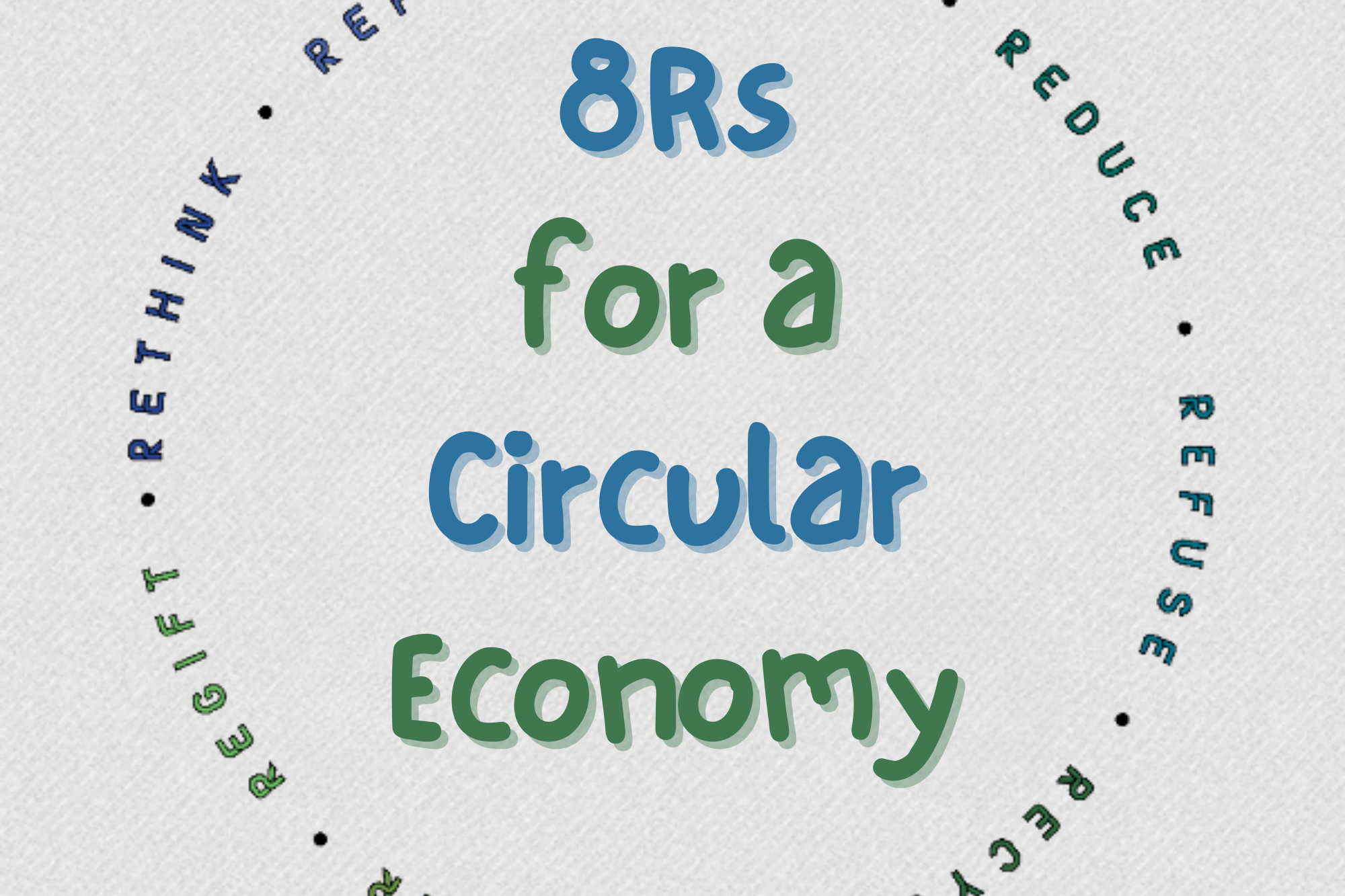Due to the growing awareness of environmental issues in the modern business world, the importance of practices, especially environmentally friendly sustainable packaging solutions, has greatly increased. Organizations can greatly benefit from Human Resource Management (HRM) to make these practices work more effectively. By integrating eco-friendly practices into HR operations, organizations can not only reduce their environmental impact but also promote a culture of sustainability among employees. In this blog post, we will explore various strategies and initiatives that organizations can use to adopt an eco-friendly approach to HR management.
1. Environmentally Friendly Hiring
Sustainable recruiting practices are an important step towards an eco-friendly HRM strategy. When filling open positions, HR departments should give preference to applicants that demonstrate a similar dedication to environmental responsibility as the organization. This step not only aligns with Corporate Social Responsibility (CSR) but also ensures a workforce committed to making a positive impact on the environment.
2. Environmental Awareness and Training
There must be an emphasis on sustainability in the promotion of a culture of lifelong learning. Green training programs are a great addition to staff development efforts that HR professionals may spearhead. Waste reduction and energy conservation seminars are examples of eco-friendly initiatives. Companies can encourage a sense of shared accountability by providing workers with the resources they need to create environmentally friendly working conditions.
3. Remote Work and Flexible Schedules
Encouraging remote work and flexible schedules not only enhances work-life balance but also significantly reduces the carbon footprint associated with daily commutes. Fewer employees commuting to the office means decreased emissions from transportation, contributing to lower overall environmental impact. Embracing a flexible work culture can also lead to increased job satisfaction and employee retention.
4. Environmentally Conscious Employee Perks
Taking a step further, HR departments can introduce environmentally friendly employee benefits. Incentives for using public transportation, discounts on eco-friendly products, and other programs aimed at reducing the environmental footprint of employees contribute to a more eco-conscious workplace. These perks not only align with the organization’s sustainability goals but also boost employee happiness and engagement.
5. Eco-Friendly Office Programs
Transforming the physical workspace into an eco-friendly environment can be a powerful statement of commitment to sustainability. Some examples of this include encouraging recycling initiatives, switching to digital recordkeeping, and embracing energy-efficient technology. In addition to fostering a healthy work environment, including green spaces into the office can enhance employee well-being.
Conclusion
In this era of increased environmental awareness and commitment to sustainability, an eco-friendly approach to HR management is not only beneficial for the environment, but also for the overall success and reputation of an organization. This is why businesses By integrating sustainable practices into HR processes, they can reduce their ecological footprint, attract like-minded talent and contribute to the global movement towards a more sustainable future. Embracing sustainability in HR management is not only a responsibility, but also an opportunity to create positive change within and beyond the organization.



